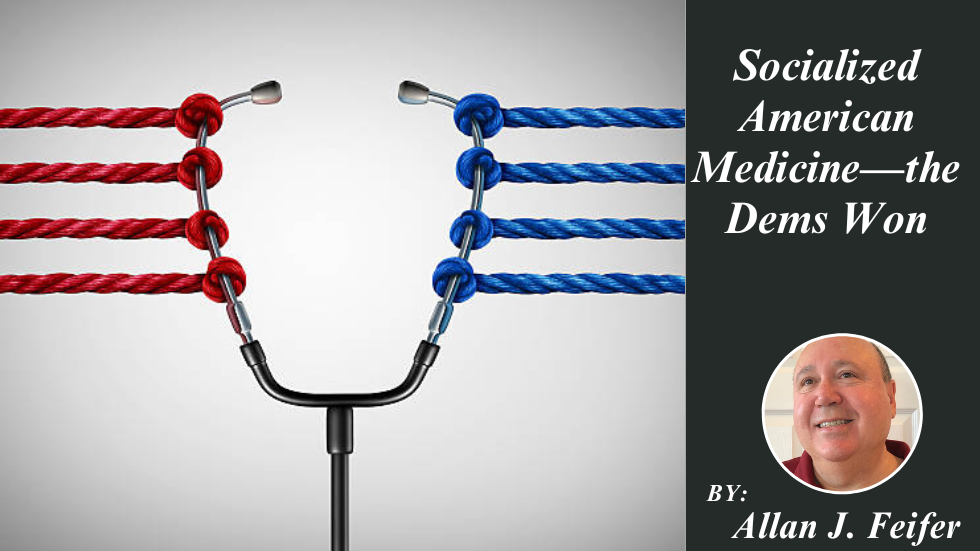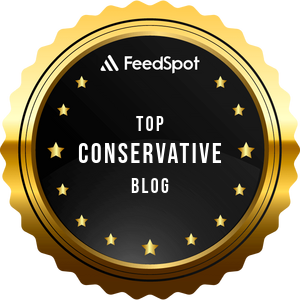Tuesday’s election results earlier in the month solidify in my mind that Republicans can’t identify and then key in on narratives they lose over and over. And it’s not about having the MSM in their back pocket either.
The current battle royale over the subsidies the government pays to support Obamacare is a smokescreen. Just a few years ago, private healthcare predominated in our country. When Hillary Clinton and most Democrats demanded a public option, history tells us they lost that battle. They did not!
The roots of Obamacare began with Hillary Clinton’s appointment to lead the Task Force on National Health Reform in 1993. This task force developed the Health Security Act, a sweeping proposal to achieve universal health coverage through employer mandates, within a capped budget. Hillarycare, as it was called, failed then but became the blueprint for Obamacare and, more importantly, other government-funded healthcare.
How Government Priorities Shape the Economics of Modern Healthcare:-
Government controls and priorities, through laws, rules, and reimbursement rates, are the main drivers of costs and cost shifting. There’s been a long-term trend toward the government either subsidizing healthcare or providing it outright at little or no cost through various programs.
Most Americans used to pay for their own healthcare. Turning over healthcare access to the government has had one consequential result:
He Who Pays-Rules
Whether through direct payments or in its regulatory function, the government controls every aspect of American healthcare. Those choices have led to our healthcare being the most expensive in the world at $13,432 per person, and not translating into living longer either. Many other nations have a higher average life expectancy than ours.
Life expectancy in America has stagnated. A significant issue is lifestyle choices, but it’s more than that: Americans interact with their healthcare providers differently, preferring high-cost specialists over general practitioners. Americans take more drugs (and spend more) than peer nations; likely a result of higher specialist utilization. Hospitalizations are far higher in other countries. Yet, those daily costs are 1/3rd of ours! Something is rotten, and not in Denmark!
The deceptively named Affordable Care Act is precisely the opposite. It now depends on subsidies averaging 82% of premiums to make it ostensibly affordable to the consumer. Individual buyers do not appreciate that the premium and out-of-pocket amounts they pay are only a portion of the total healthcare dollars spent on their care.
Consumers point the finger at hospitals and providers, drug companies and pharmacy middlemen, and insurers or government policy for premium and subsidy changes. The real driver is that Americans pay far more per inpatient drug and outpatient service than peer countries, accounting for much of the spending growth. America has almost twice as many people per thousand working in healthcare as Europe does. Why?
It will take tough medicine indeed to bend the curve. Today, healthcare consumes 18% of GDP. Back in 1993, the figure was 13.9%. At the current rate of increase, by 2035, healthcare will consume 21% of GDP—an unsustainable level.
Fiscal Reality Check: Necessary Shifts:-
Government control of healthcare disconnects citizens from the costs of healthcare, thereby disincentivizing them from seeking solutions. Inevitably, healthcare spending increases are unsustainable; three things must happen given the realities of where we are:
- We’re never going to get the government out of healthcare; there are too many constituencies (Medicare, Tricare, Medicaid, CHIPs, VHA, and more) that, by themselves, consume 43% of all spending; throw in people on the Exchanges, and the total figure rises to 61%.
- Of the 39% ostensibly on pure private plans, government (both State and Federal) regulations determine what those plans must cover, as well as many of the myriad details that affect affordability and access.
- Cost containment can only be achieved by setting fixed payouts for various illnesses, with plus-ups or downgrades for good or bad outcomes, and by allocating enough money to prevention. Change medical coding rules to reflect gaming of ICD-10. This single change would shift the game from a focus on medical coding to one of efficiency and quality outcomes.
The boogeyman of the healthcare industry is private insurance companies. But the truth is different: Aggregate industry profitability represents ~1% of our healthcare costs. Insurance companies perform an important role in administration and cost containment. You can read this as saying “no” sometimes, but that’s a vital component for restraining healthcare spending. Otherwise, access to excellent healthcare will not be universal.
Severely ill individuals—meaning people with severe chronic conditions or very high annual spending account for roughly half of yearly expenditures. We must serve this constituency, but costs and the quality of care move in separate directions at times under the present reward system.
There is a better way. Any solution must accept three realities:
- Healthcare costs cannot be allowed to climb out of reach.
- Systemic problems that drive costs include overutilization and provider, hospital, and healthcare system consolidation. Consumer-driven demand for the latest and greatest treatments and drugs hugely inflates costs.
- Access to essentially unlimited healthcare for issues that are lifestyle-related, i.e., illegal drugs, crime, obesity, and risky behaviors; perhaps as much as 25% of all spending.
The only reasonable answer with the above in mind is caps on service or even a reduction in coverage for lifestyle choices. Whether it is an annual or lifetime maximum, resources are not unlimited. If we want to drive down costs, then participants must have a stake beyond simply paying premiums for uncapped costs. Healthcare in America costs too much and won’t go down until we see it as a controllable pocketbook issue.
Conclusion:-
Tough medicine will inevitably see healthcare rationed to a compassionate yet fiscally realistic degree. If someone wishes to go beyond that, it must be on their dime; if not, healthcare access for all will inevitably become increasingly constrained.
God Bless America!
Author, Businessman, Thinker, and Strategist. Read more about Allan, his background, and his ideas to create a better tomorrow at www.1plus1equals2.com. Read additional great writers here.
You may also enjoy these Articles, published on National Platforms




Recent Comments